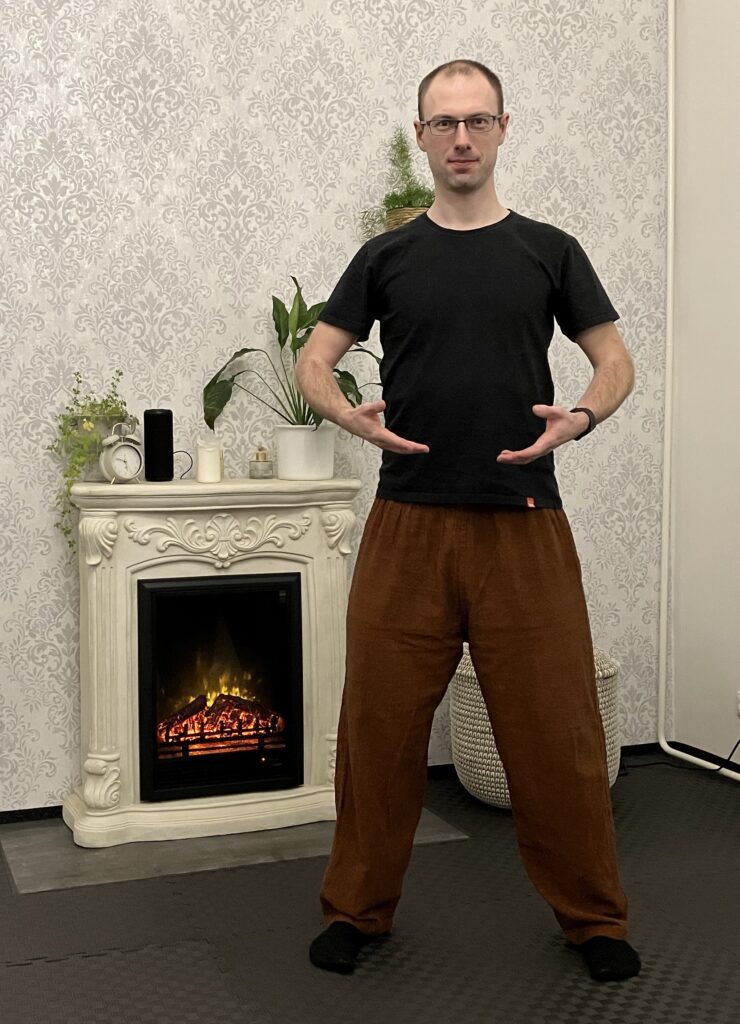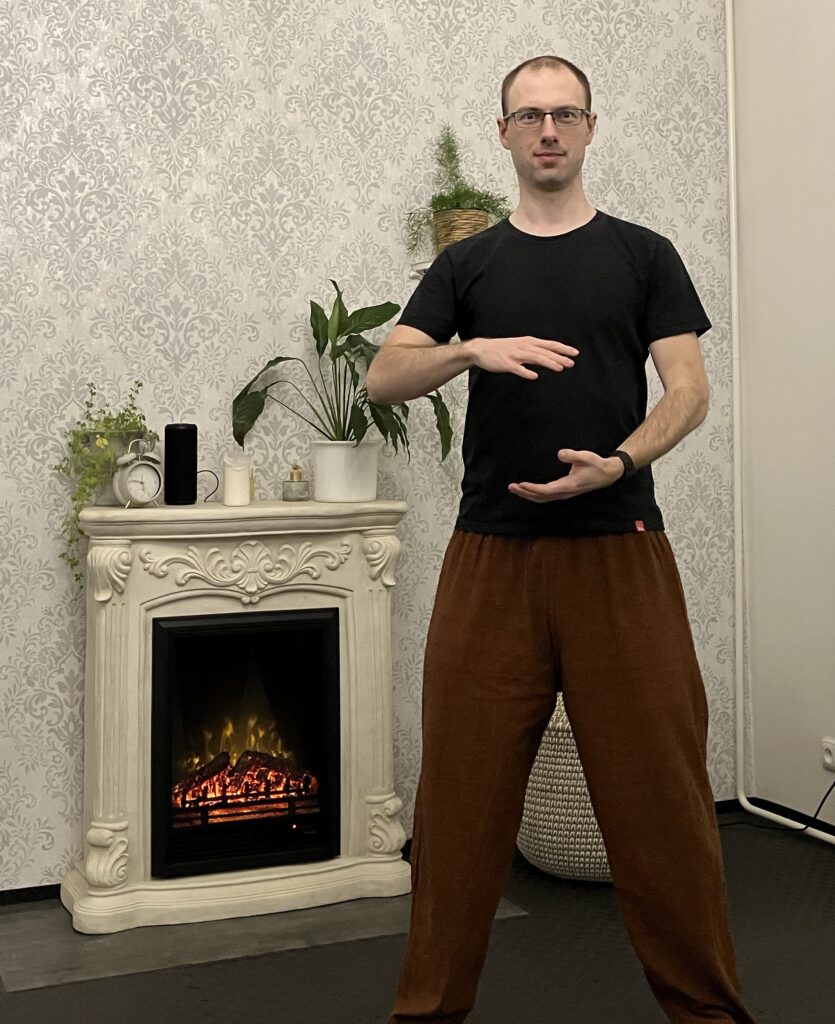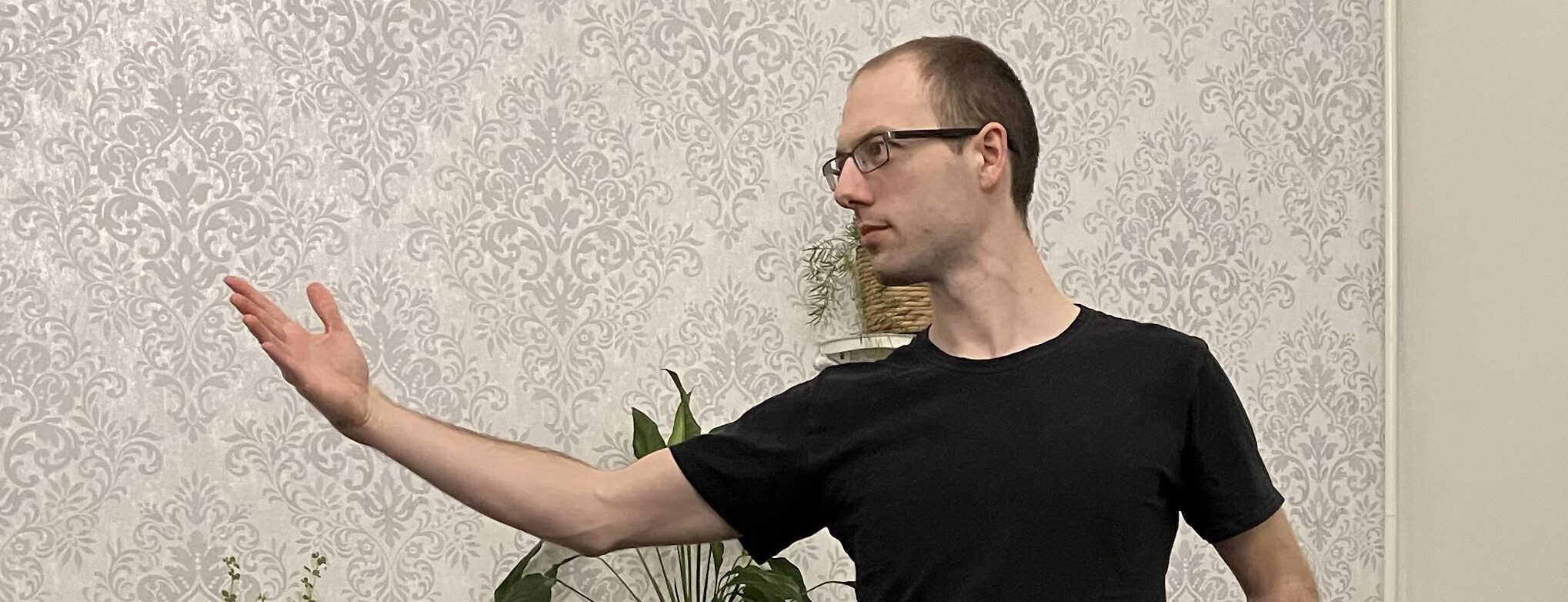Qigong is an ancient Chinese exercise for cultivating energy in oneself, maintaining good health and reinforcement of the connection between our three treasures – jing essence, qi energy and the spirit shen. Qigong has both a tangible and an intangible aspect and involves regulation of ones mind, breath, and various physical movements or postures.
Together with dietetics, acupuncture, tuina massages and herbology, qigong is one of the five pillars Chinese medicine. And this pillar is available to everyone. Daily and free of charge.


Gong means work, exercise, to master something and so on. As qi one can imagine the qi energy itself of breath. Combined, the meaning ranges from exercising qi to a simple breath work. This and everything in between is qigong.
Qigong has proven health effects, helps improve blood circulation in tissues, improves mental condition, regulates stress, anxiety and nervousness, helps against high blood pressure, etc. You might argue that even a short walk in the woods will do the trick. Yes, it will. Many modern scientific studies will confirm this. However, all of these studies suffer from one shortcoming – they use exercise as a cure, or rather, as aftercare and regeneration after surgery or injury, recovery from Parkinson's disease, or cancer. Qigong and Chinese medicine overall will surely help, but keep in mind it is mainly a preventive tool.
So how is it practiced?
There are large quantities of exercises which can be dynamic or static, and can even be a sitting meditation practice. The most famous are the exercises combined in sets. The most famous include the sets of "five animals", "eight pieces of brocade" or "iron shirt". The most famous individual exercise is the tree position. Individual exercises can also be prescribed with a specific therapeutic purpose. My favorite is the "wild goose flight" for expelling pathogenic moisture from the body.
Regardless of the exercise, even if we just let the body stand in space, it is necessary to keep the mind in the present moment, with a relaxed and balanced stance. Most importantly, nothing should be forced. No pain - no pain.
If you are interested in qigong and you undergo Chinese medicine therapy with me, you will most likely also take home some exercises as homework 🙂

Leave a Reply